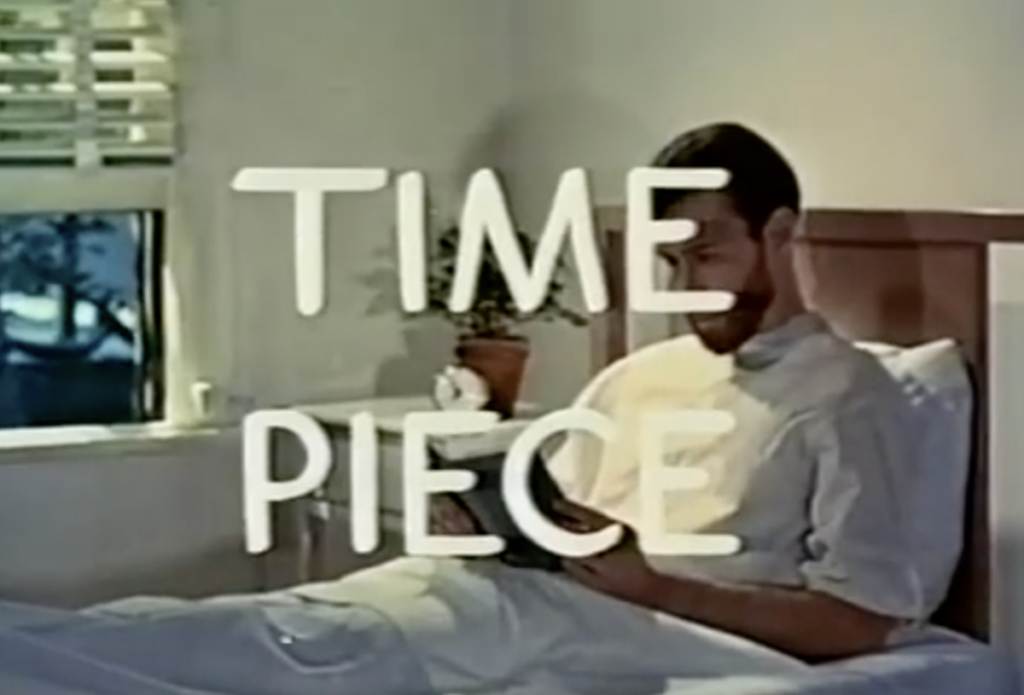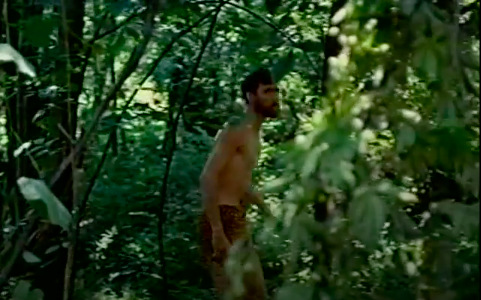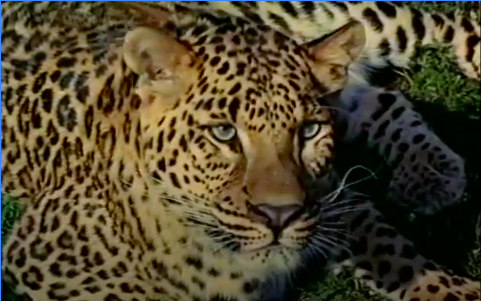The art of editing is perhaps the most authoritative process on how audiences view film, and for good reason. As mentioned in Film Art, 12th Ed., Soviet documentarian Dziga Vertov was onto something when he described the giddy sensation of godlike power available at filmmakers’ fingertips. James Cameron echoed the statement decades later, admitting that “You can almost get buried by possibilities.”

In the age of social media, editing has transitioned from a hugely time-consuming task one did in laboratories with fancy equipment, physically splicing and gluing film stock together, to an almost exclusively digital process one can do at the swipe of an iPhone. But despite this, the nuts and bolts of the process have remained largely the same, measured by four major relational parameters between shots: spatial relations, temporal relations, graphic relations, and rhythmic relations. Although at first examination these mechanics can seem obvious to the modern digital consumer’s eye, in reality they are critical to the pacing, cinematography, storytelling, and entertainment of a film.
The spatial and temporal relationship between shots, in my view, seem the most intuitive to modern day audiences. By splicing two shots next to one another, editors can suggest to us the geographical layout of a certain atmosphere and the relationship in space between the shots. Similarly, by controlling temporal relationship between shots, editors can slow down or speed up fictional time or create large jumps in it.

However, it is the graphic and rhythmic relationships that, if implemented effectively, seem to disappear at the seams of film. Take, for example, the climactic Tie-fighter sequence in Star Wars Episode IV: A New Hope (1977). Without the use of rhythm in editing this sequence, this could easily be the most boring, dragged out sequence of George Lucas’s film. Because Lucas used old WW2 plane films as an inspiration, the sequence feels exciting and full of stakes.

A great example of a piece of film that uses both graphic and rhythmic relationships between shots to convey the theme of the story is the short film Time Piece (1965) by puppeteer and filmmaker Jim Henson. Henson, best known for creating the Muppets, was in the 1960s equally known for his experimental, eccentric forays into filmmaking. In this 8 minute exploration of time suffocating humanity, Henson (who also plays the man in the film) utilizes shots that synchronize precisely with the simplistic jazz drum soundtrack.



The juxtaposition of Henson’s character walking down the street in business attire with the sudden transportation of him wearing cavemen clothes in the jungle, among many other examples in the film, shows us the importance of graphic relationship between shots. Although Henson has transported us to a new place entirely, because the position of the man the shots match up with the one previous, we understand that Henson is symbolizing the grind of the modern American man, one that has to provide for his family in difficult times. Not only is it a message that I believe still resonates with our culture today, but showcases the power of editing as a tool for storytelling.